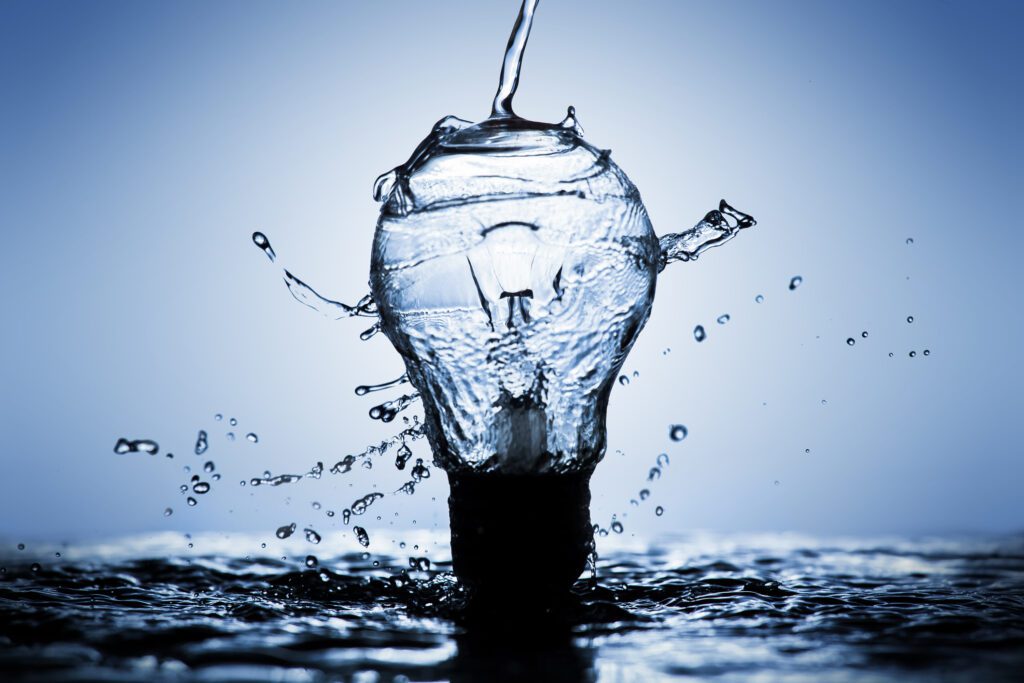
Bringing utilities to raw land is a critical step in land development, but it can also be one of the most challenging and costly aspects. The cost to get utilities on land varies widely depending on several factors, including location, availability of existing infrastructure, and the type of utilities required. This guide will walk you through the various costs associated with installing basic utilities on raw land to help you plan and budget effectively.
Assessing the Availability of Utilities
The first step in determining the cost is to assess the availability of utilities in your area. If your land is near existing utility lines, the cost to connect will generally be lower. Contact local utility companies to get an estimate and understand the process. It’s important to note that if your land is located in a remote area, the costs can increase significantly due to the need for extended lines or even creating new utility infrastructure.
Get Your Immediate Cash Offer Now!
- We offer a fast, trouble-free sale
- Fair price and immediate CASH
- We cover 100% of the closing fees associated with the sale
Costs of Water and Sewer Services
For water, if a municipal water line is accessible, you’ll need to pay for a connection fee and the cost to run the line to your property. This can range from a few thousand to several thousand dollars. If municipal services are not available, drilling a well is an alternative, which can cost between $3,000 to $15,000 or more.
Sewer services, similarly, require a connection fee if available. In the absence of a sewer line, installing a septic system is necessary, which can cost anywhere from $3,000 to over $20,000, depending on the system and land conditions.
Electricity and Gas Connection Expenses
Electricity connection involves extending a line from the nearest pole to your property and installing a meter. This can cost a few thousand dollars, but the price increases with the distance from the nearest connection point and the complexity of the terrain.
For natural gas, if the gas line is nearby, the cost to connect is usually lower. However, if there’s no nearby line, you may need to opt for propane, which involves installing a tank and running a line to your home, adding to the cost.
Alternative Utility Solutions and Their Costs
Considering alternative energy sources like solar or wind can be a viable option, especially in remote areas. The initial setup cost for solar panels can range from $10,000 to $30,000, but they offer the benefit of long-term savings and independence from traditional power grids. Wind energy systems vary in cost based on size and output but can be a substantial investment upfront.
Conclusion: Planning and Budgeting for Utilities
The cost to get utilities on land is a significant factor in developing raw land and requires thorough planning and budgeting. Costs can vary greatly based on location, the type of utilities, and the extent of work required to bring them to your property. It’s advisable to consult with professionals and utility providers early in your planning process to get accurate estimates and ensure a smooth and cost-effective installation of utilities.
For landowners looking to sell their property, especially if the cost of adding utilities is prohibitive, Blue Dog Land offers a viable solution. As an experienced land buyer, Blue Dog Land provides a hassle-free process, ensuring a smooth transaction without any extra fees, and offers payment in cash. This can be an attractive option for those seeking a straightforward sale, avoiding the complexities and expenses of land development. Reach out to Blue Dog Land for an efficient and fair land selling experience.
